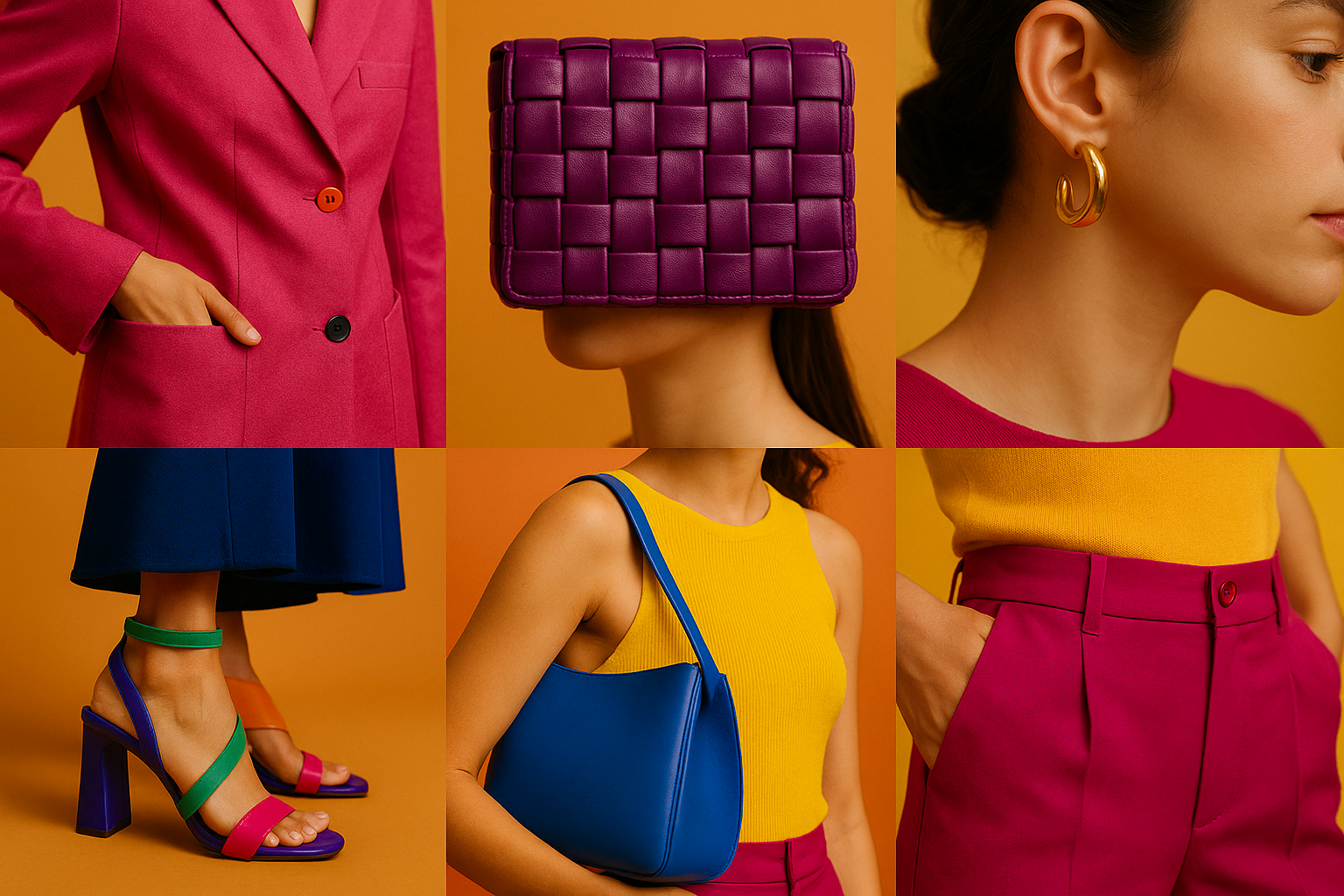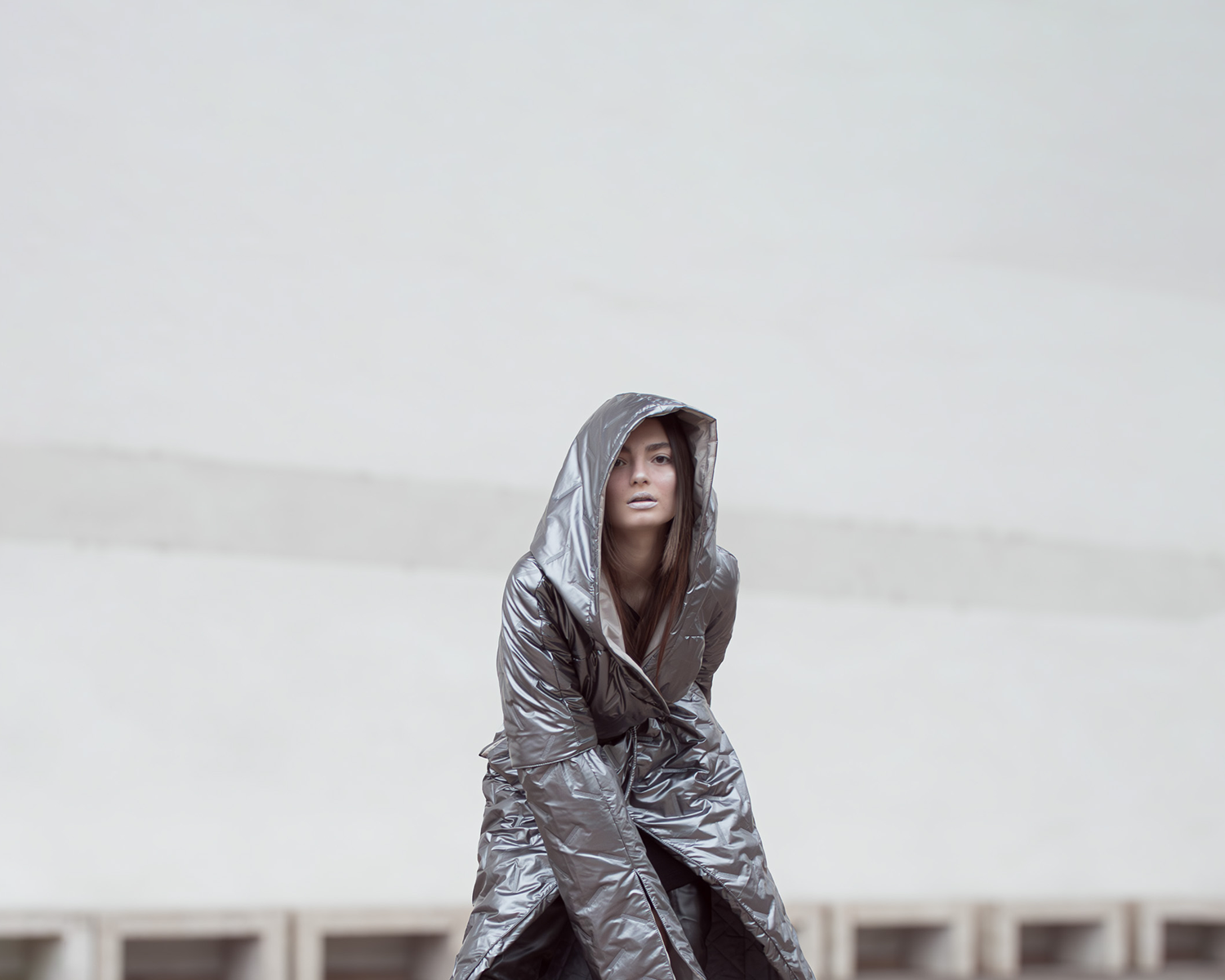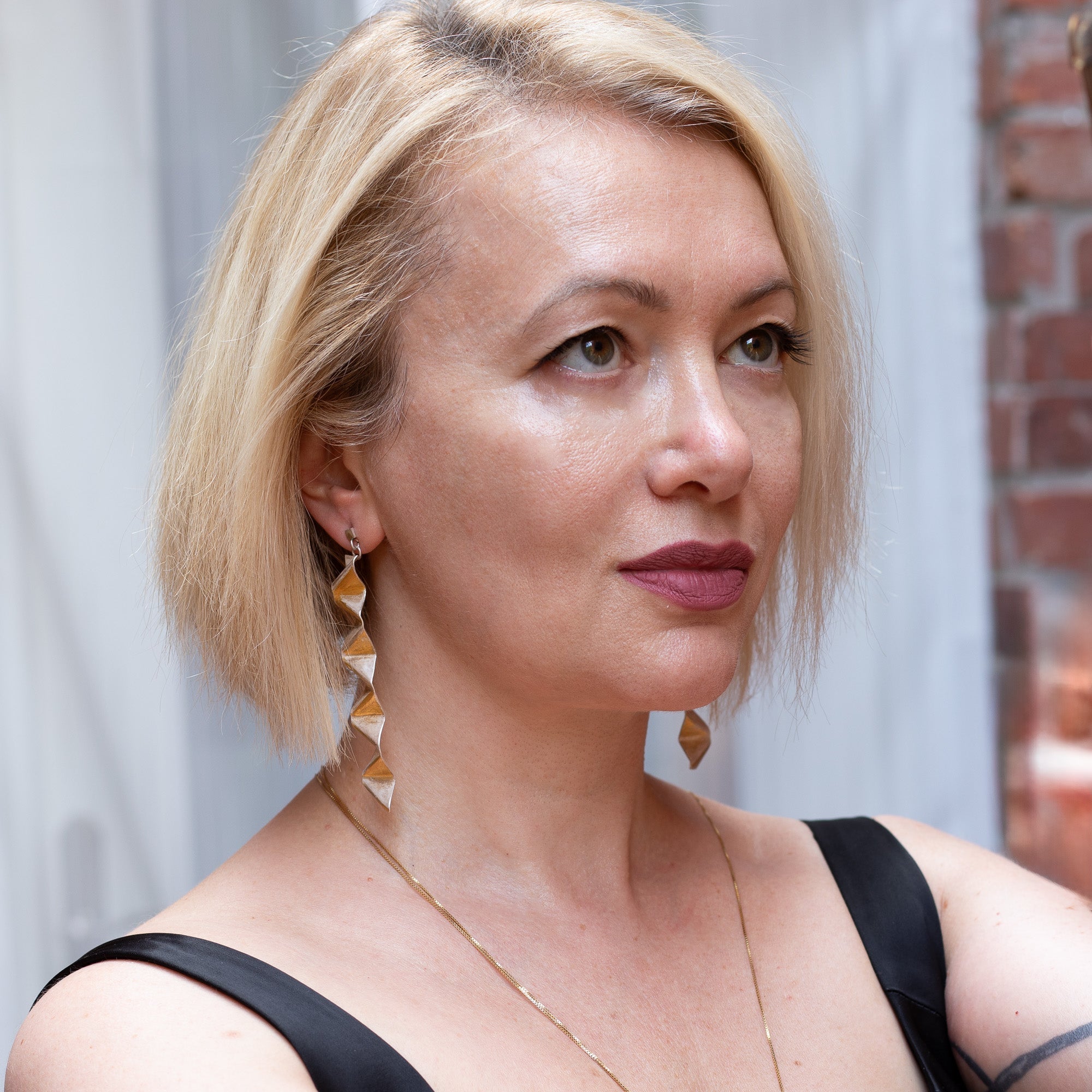
Romania’s Quiet Design Revolution
There’s a cultural current running through Romania right now—one that’s drawing global attention for all the right reasons. From architecture and interior spaces to fashion and consumer goods, a new generation of Romanian designers is redefining modern aesthetics with depth, intention, and soul.
Much like the design waves that once propelled Scandinavia and Japan into global consciousness, Romania’s creative movement is rooted in a deep reverence for craft, cultural memory, and storytelling. But unlike those regions, Romania’s rise feels more intimate, more grounded—powered by small studios, independent makers, and a post-industrial resilience that favors authenticity over mass appeal.
It’s not about becoming the next anyone. It’s about becoming itself.
Built with Memory: Architecture and Interiors
Romanian architecture is shifting from quiet utility to quiet beauty. Studios like ADNBA are shaping the urban landscape with housing and public spaces that blend concrete modernism with lyrical restraint. Their residential projects, often defined by soft transitions and spatial intimacy, reflect a deep understanding of Romanian urban life.
In interior design, names like Corvin Cristian bring depth and narrative into contemporary spaces. Cristian’s work—like Bucharest’s beloved M60 Café—channels local warmth through materials and form while remaining resolutely cosmopolitan. PickTwo Studio similarly mixes folkloric textures with modern spatial logic, creating interiors that feel rooted yet refined.
Supporting this momentum are entities like Creativ Home , that aggregate multiple brands to create a cohesive direction for any aesthetic preference.
The New Face of Romanian Fashion
Romanian fashion is coming into its own—blending old-world craftsmanship with new-world thinking. It's elegant without being sterile, conceptual without being detached, and emotionally intelligent in a way that global luxury is starting to crave.
Designers like Irina Schrotter lead this charge, known for minimalist sophistication and architectural tailoring that mirrors the built environment. Equally influential is Amina Muaddi, whose sculptural heels have become global fashion icons, worn by the likes of Rihanna, Bella Hadid, and Kim Kardashian.
But beneath the global spotlight lies a deep bench of emerging and mid-career designers shaping a uniquely Romanian aesthetic:
-
Ioana Ciolacu fuses sustainability with bold geometry, winning over fans of ethical fashion.
-
Lana Dumitru turns traditional embroidery into digitally-rendered artwear.
-
Corina Vladescu balances intricate detailing with contemporary silhouettes from her atelier in Bucharest.
-
Lorena Pipenco, only 23, is already dressing celebrities with her structured, emotionally-driven garments.
-
Ionuț Răzvan brings a raw, unfiltered touch to menswear, while Doina Ciobanu blends fashion, influence, and sustainability.
-
Avant-garde voices like AXENTE and Carmen Secareanu are pushing the boundaries of wearability and emotional storytelling.
-
Bol by Oana Lupaș draws inspiration directly from nature, creating garments that read like meditations on happiness.
Adding to this vibrant tapestry is Mihai Manciu, a designer whose journey from the traditional tailoring workshops of Bucovina to the haute couture ateliers of Paris and Milan embodies the fusion of heritage and innovation. Having honed his skills at esteemed institutions like Sartoria Sagripanti and Sartoria Meschino in Rome, and contributing to the creative teams of major fashion houses such as Dolce & Gabbana, Manciu brings a wealth of experience to his eponymous label. His creations are not merely garments but narratives, each piece reflecting a deep understanding of form, emotion, and cultural symbolism. Manciu's approach to fashion is deeply personal; he engages clients in introspective dialogues, often using symbolic elements like tarot cards to explore their identities, ensuring that each bespoke piece resonates with the wearer's essence. His Resort 2023 collection, for instance, draws inspiration from the mystique of the French Riviera, blending luxurious fabrics with motifs that evoke strength and femininity, positioning the wearer as a modern-day goddess.
This is more than a fashion scene—it’s a movement where materiality, personal history, and creative freedom converge.
Design You Can Feel: Products & Home Goods
Romania’s product designers are capturing attention with their ability to turn everyday objects into emotional artifacts. It’s not just about function—it’s about feeling.
Brands like Ubikubi exemplify this ethos, producing homeware and lighting that are as poetic as they are practical. Their work showcases Romanian materials—wood, brass, wool—through minimal forms that still retain human warmth.
Ceramicists like Sandra Berghianu offer tactile, earthy pieces that elevate daily rituals, from drinking coffee to setting a table, while . Each item feels handcrafted in the truest sense—not just physically, but emotionally.
Also making waves is Arsana, a Cluj-Napoca–based studio dedicated to crafting contemporary ceramic art by hand. Arsana merges fine art and functional form, producing limited-edition vessels and objects that celebrate materiality, imperfection, and slowness. Each piece is a meditation in clay—textural, tactile, and unapologetically quiet. Arsana’s work echoes the slow design movement, aligning perfectly with global luxury’s growing appetite for authenticity and soul.
Design platforms like Dizainăr have become creative ecosystems, championing young designers and promoting local manufacturing. Whether it’s stationery, lighting, or textiles, their collections speak to a modern Romanian lifestyle—clean, clever, and culturally conscious.
What Makes This Different?
What unites these disparate disciplines is a shared design philosophy:
-
Narrative over novelty. Whether a coat or a coffee mug, every item tells a story—personal, cultural, and contemporary.
-
Craft as culture. Romania’s handmade tradition isn’t a marketing tool; it’s a way of life.
-
Emotional modernism. Minimal doesn’t mean soulless. Romanian design is quiet but intimate, often drawing from folklore, nature, or local idioms.
Much like Japan’s reverence for wabi-sabi or Scandinavia’s devotion to functionalism, Romania’s design DNA is forming around authenticity and resilience.
A Moment Becoming a Movement
This creative wave is no longer confined to local exhibitions or niche markets. With curated platforms like Ce Fain! bringing visibility to emerging designers, Romania is becoming a legitimate reference point in the global conversation on craft and culture.
The country’s design community isn’t just producing beautiful things—it’s building a narrative that the world is ready to hear.
Romania Isn’t Next. It’s Now.
It’s tempting to call Romania “the next Scandinavia” or “the new Japan.” But the truth is, it’s carving out its own path—one object, one garment, one space at a time.
What Romania offers the world isn’t a trend. It’s a point of view.
And the design world is finally listening.



